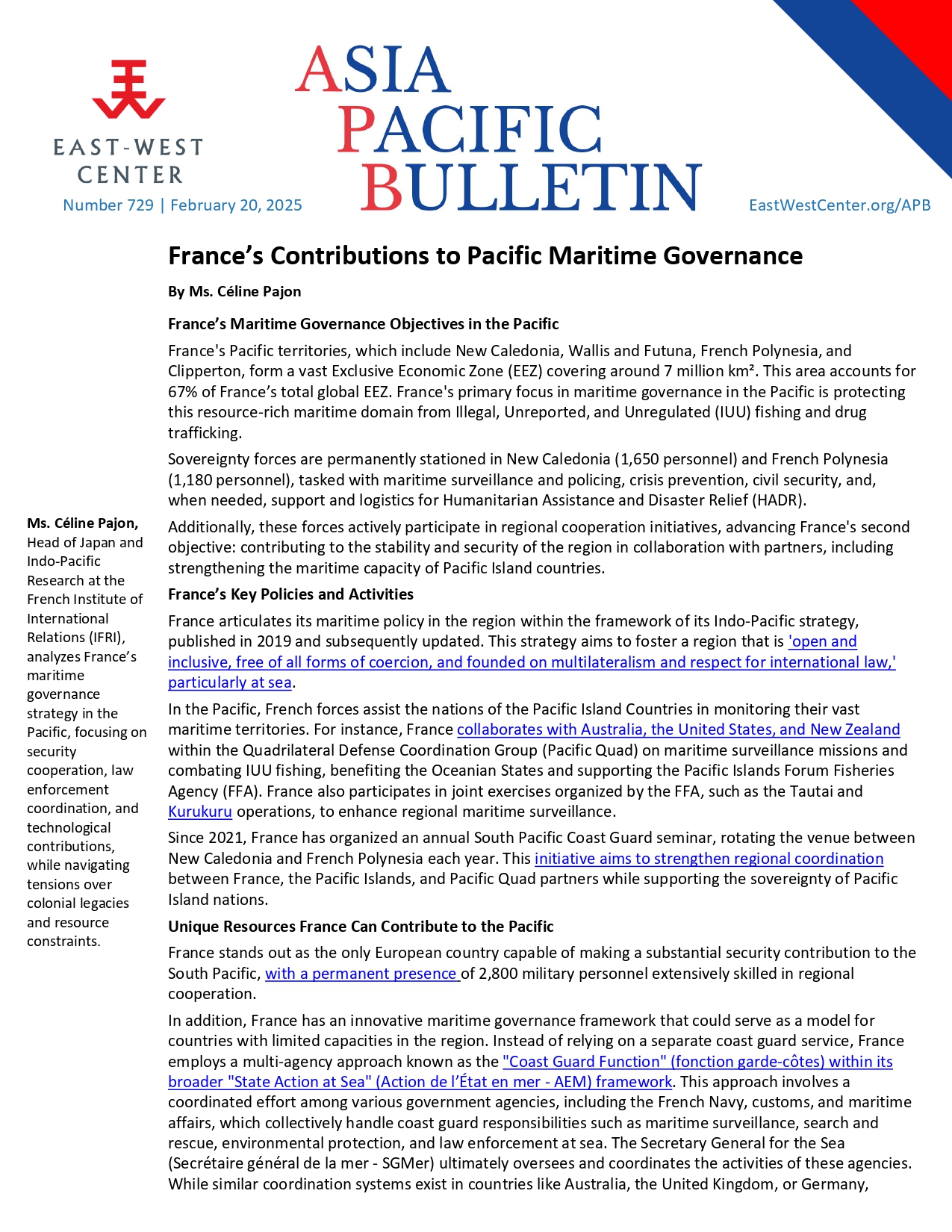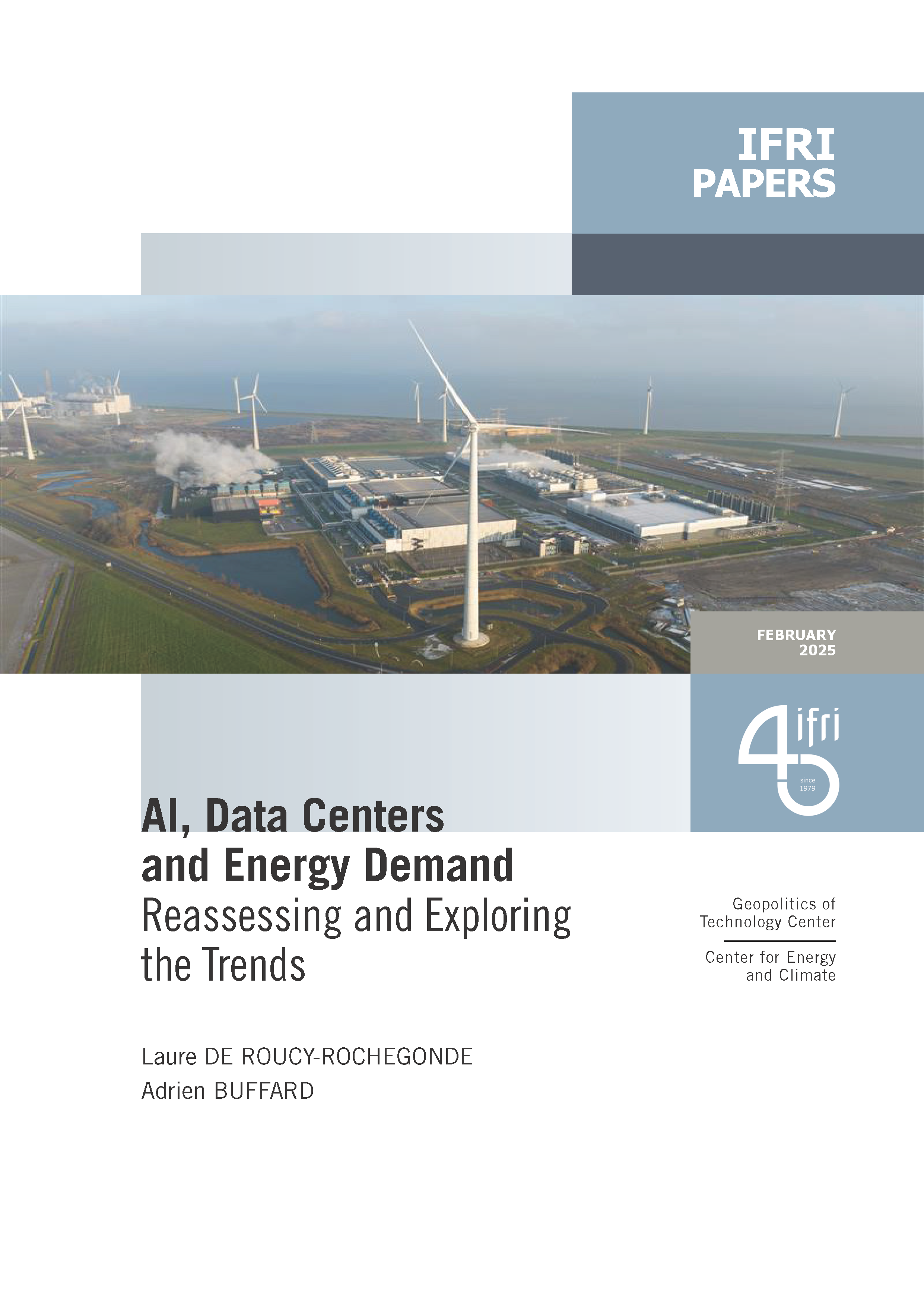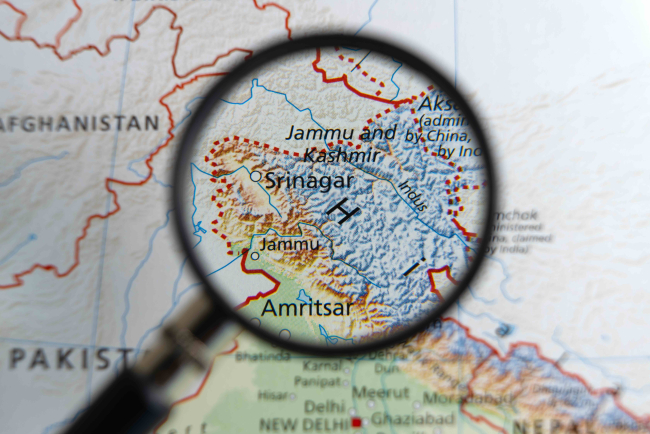From 'Looking' to Engaging: India and East Asia

The Look East policy (LEP), launched in the early 1990s, was intended to engage India more closely with the East Asian region, but it met with only limited success initially, for India was not seen to be a major contributor either to regional security or economic development.
Superpower military withdrawal, China’s increasing assertiveness, and the unexpected emergence of the South China Sea as a major security issue encouraged some Southeast Asian countries to look again at India. With the Association of Southeast Asian Nations (ASEAN) as the focus, New Delhi managed to become a member of most regional multilateral initiatives and gradually strengthened bilateral ties with various countries.
Backed by a stupendous economic performance, India’s engagement with East Asia began to undergo a major transformation in the early 2000s. The LEP has evolved into a multi-faceted policy encompassing the entire region, comprising political, economic and strategic dimensions.
Download the full analysis
This page contains only a summary of our work. If you would like to have access to all the information from our research on the subject, you can download the full version in PDF format.
From 'Looking' to Engaging: India and East Asia
Related centers and programs
Discover our other research centers and programsFind out more
Discover all our analyses
France and the Philippines should anchor their maritime partnership
With shared interests in promoting international law and sustainable development, France and the Philippines should strengthen their maritime cooperation in the Indo-Pacific. Through bilateral agreements, expanded joint exercises and the exchange of best practices, both nations can enhance maritime domain awareness, counter security threats and develop blue economy initiatives. This deeper collaboration would reinforce stability and environmental stewardship across the region.

The China-led AIIB, a geopolitical tool?
The establishment of the Asian Infrastructure Investment Bank (AIIB) in 2016, on a Chinese initiative, constituted an attempt to bridge the gap in infrastructure financing in Asia. However, it was also perceived in the West as a potential vehicle for China’s geostrategic agendas, fueling the suspicion that the institution might compete rather than align with existing multilateral development banks (MDBs) and impose its own standards.
Jammu and Kashmir in the Aftermath of August 2019
The abrogation of Article 370, which granted special status to the state of Jammu and Kashmir (J&K), has been on the agenda of the Bharatiya Janata Party (BJP) for many decades.

France’s Contributions to Pacific Maritime Governance
France stands out as the only European country capable of making a substantial security contribution to the South Pacific, with a permanent presence of 2,800 military personnel extensively skilled in regional cooperation.










